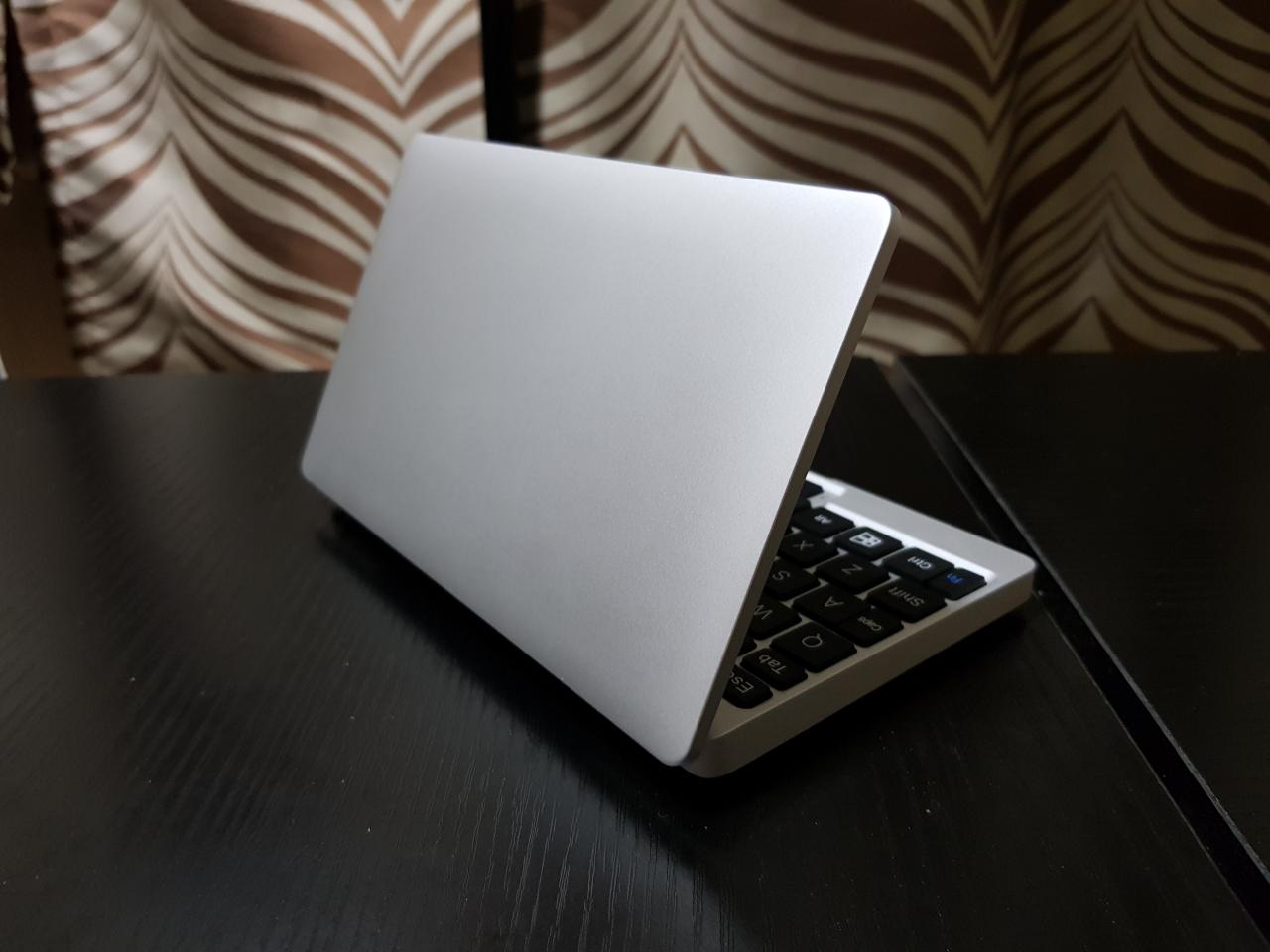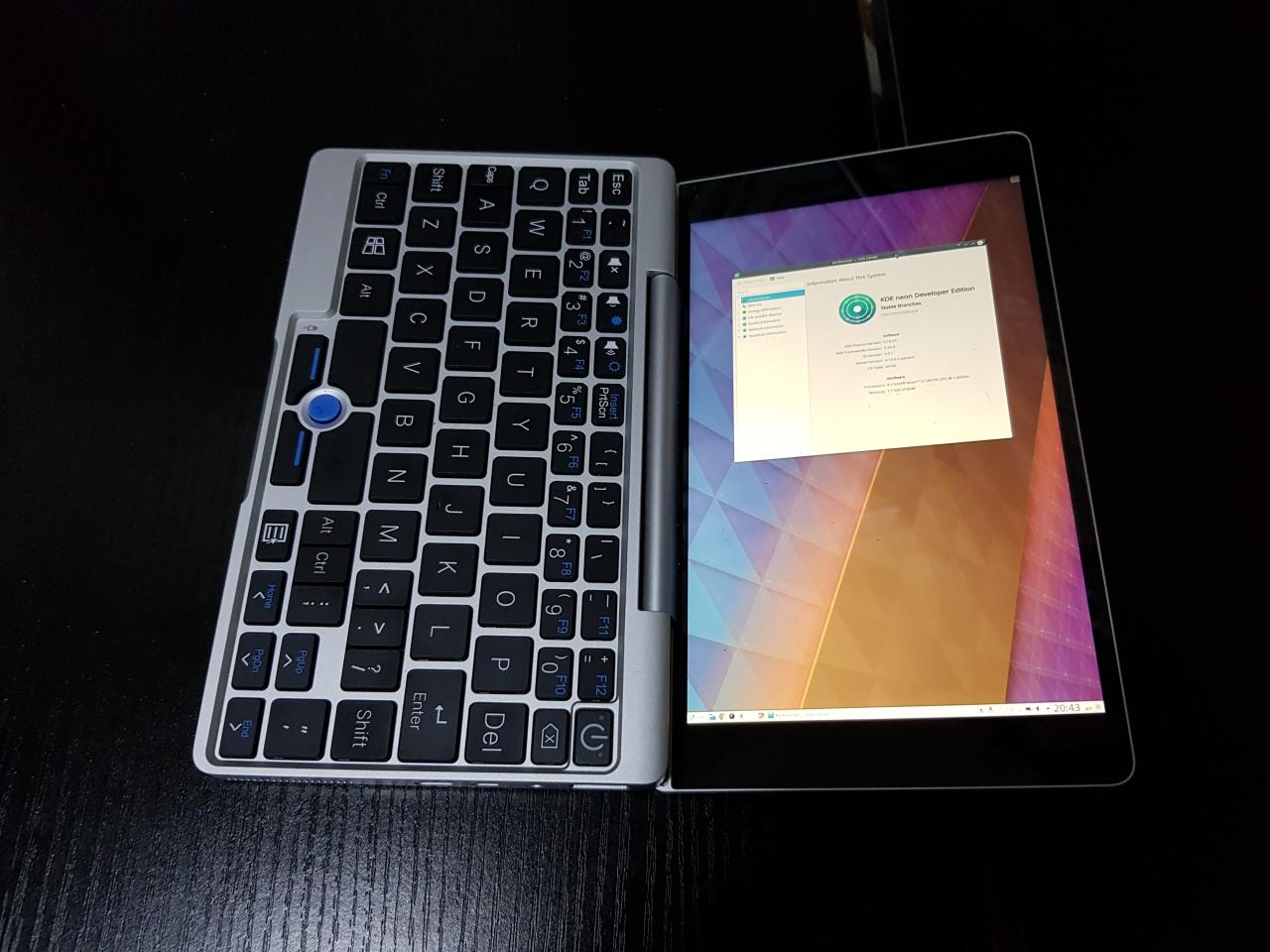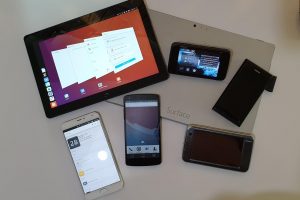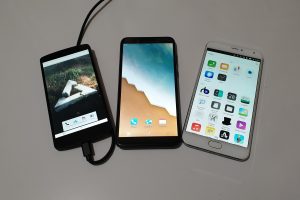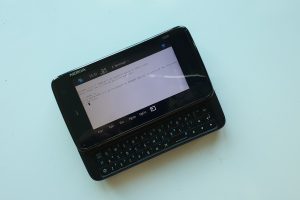One of the side benefits of not being dependent on profits from licensing and sales, Linux enjoys the freedom of being useful and usable on almost any kind of computing hardware, including those still unproven in the retail market. Indeed, almost every experimental device, computer, or connected product that has come out usually runs one form of Linux or another. That has fortunately given birth to a few interesting niche products, like GPD’s Pocket “mini laptop” and its Ubuntu variant, which we’re giving a closer look now now that it has reached its first birthday.
Complicated roots
The GPD Pocket has an interesting lineage. It was manufactured and sold by a Chinese company whose name means “GamePad”, a company that, until recently specialized in creating gaming handhelds powered by Android. In 2015, it made a rather bold move. Thanks to the power of crowdfunding, it made a Nintendo DS-like clamshell handheld gaming device that ran Windows 10.
It was an odd and almost ridiculous proposition, given the processing power and thermal management that non-trivial Windows games required. Still, the idea resounded with not a few people and the GPD WIN was not only very successfully funded, but it was also delivered, not a small achievement in an age of failed crowdfunded projects.
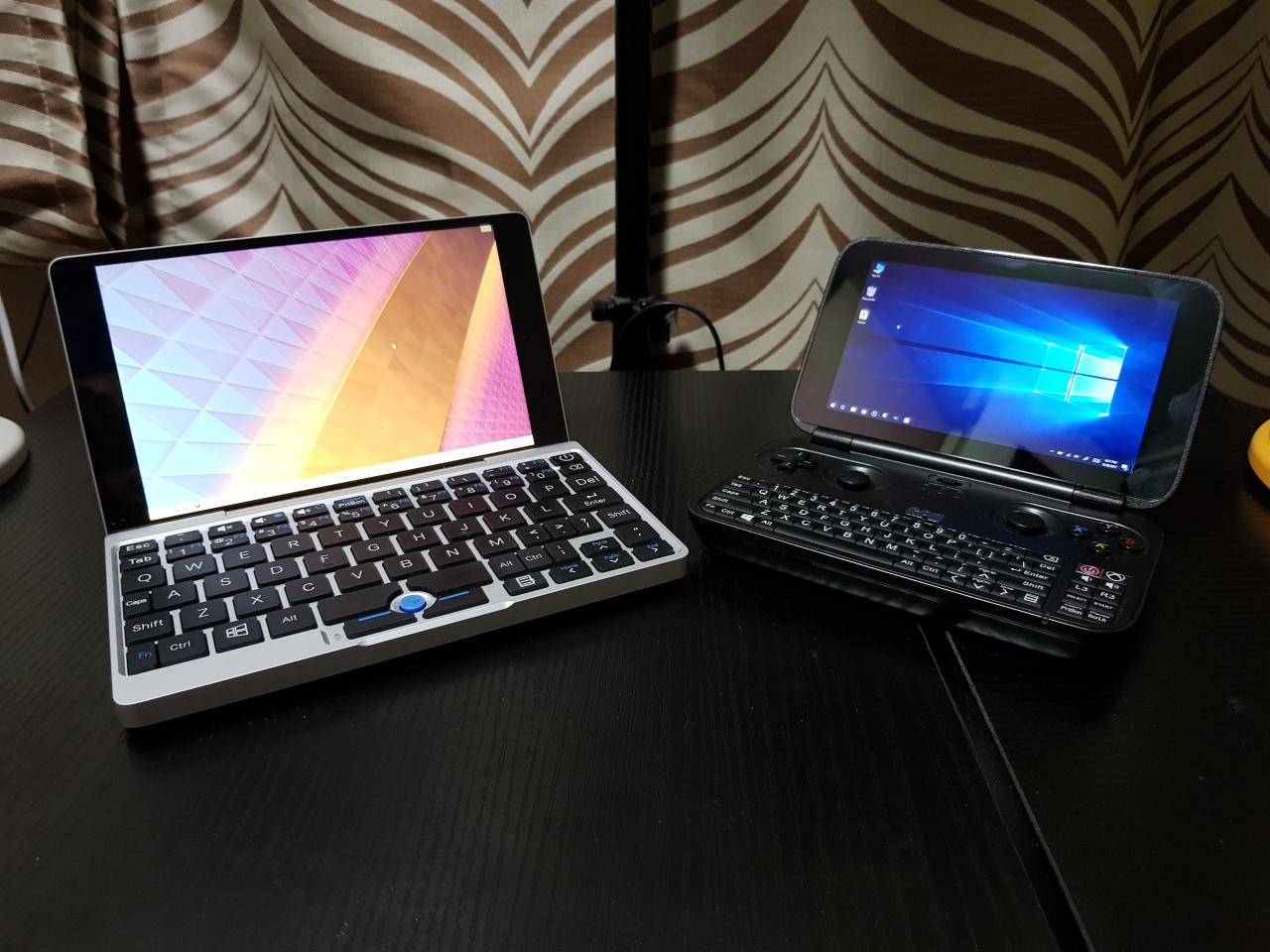
The GPD WIN’s unexpected success also brought up an unexpected opportunity. Apparently, the netbook dream wasn’t completely dead. There were still some people who craved for having a reasonably usable PC they could stow in their gigantic pockets or petite purses.
GPD saw a market and launched the GPD Pocket with one twist that very few manufacturers big or small would have tried: it offered and promised to support a Linux, specifically Ubuntu, version. The rest is history but suffice it to say, GPD once again delivered and, though imperfectly, kept its word.
Surprising design
Forget whatever outdated image you have of clunky, ugly, and cheap first generation netbooks. The GPD Pocket positioned itself as a tiny MacBook and it at least got the aesthetics right. While it look like a thick metal slab, almost as thick as a full-sized MacBook, it does also borrow the all-metal construction and appearance of Apple’s notebook.
It is stylish and minimalist, bearing no obnoxious branding or marks aside from those legally required, and even those are tucked underneath where you’re unlikely to see it all the time.
All the ports are actually located on only one side of the device. While that makes for a clean surface on all other sides, it does mean that all those holes are necessarily crammed against each other. Still, GPD managed to equip the Pocket with a full-sized USB 3.0 port, a headphone jack, a micro HDMI port, and a USB-C Port that could be used for charging and data, depending on your Linux kernel. The grills beside that port aren’t what you think. They’re actually for ventilation, not audio. The speakers are hidden behind the hinge instead.

The GPD Pocket sports a 7-inch touch screen with a resolution of 1920×1200 pixels. That’s incredibly sharp and bright for a panel of its size and price. There are thick bezels flanking the screen but that’s forgivable for two reasons. One, GPD had to basically use display panels meant for 7-inch tablets to cut down on build costs. Second, the Pocket comes from a time before bezel-less screens became trendy. Regardless, the display won’t give you problems in terms of quality or visibility, though will have to tinker with UI scaling and whatnot because of the high DPI number.
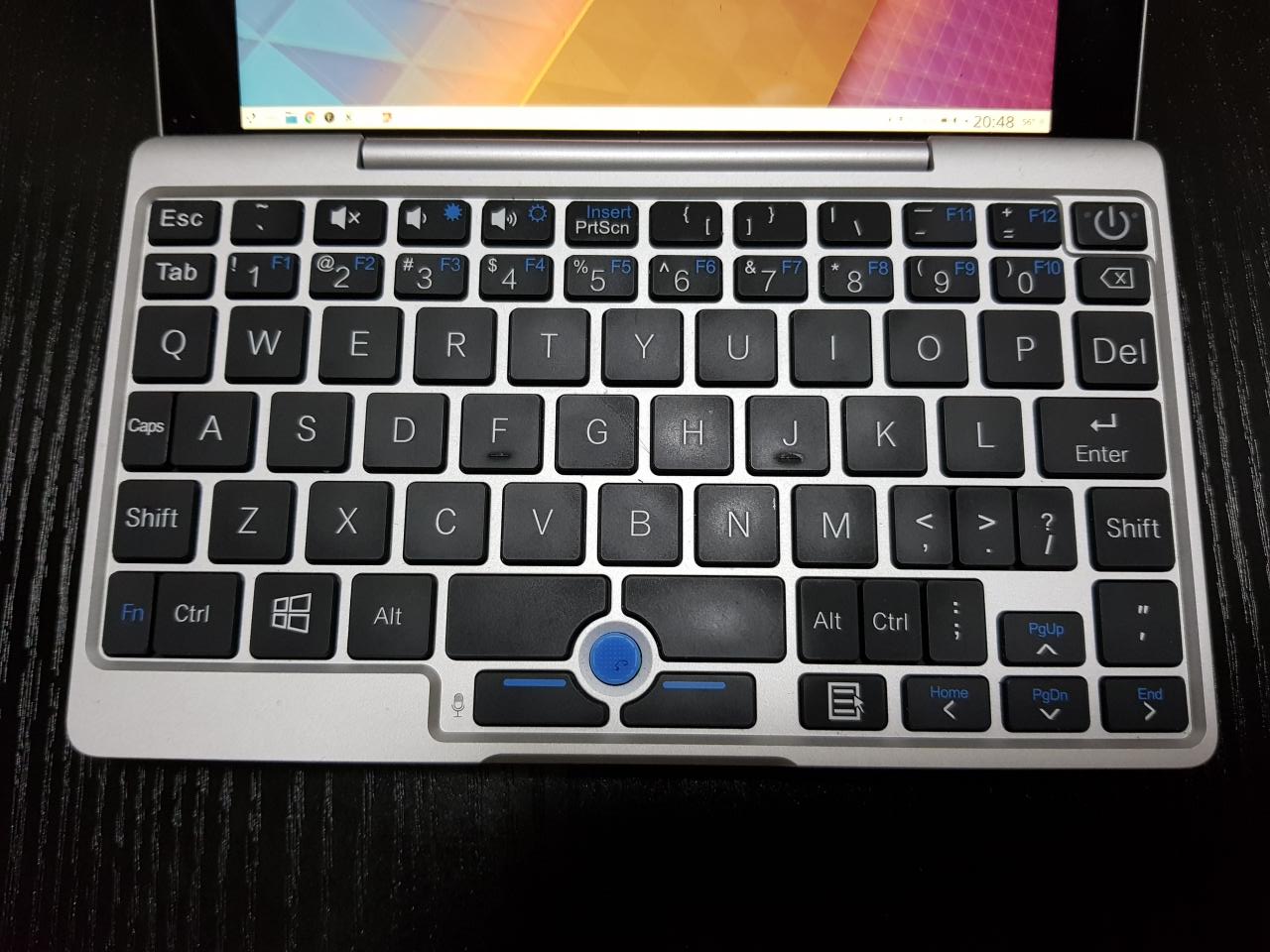
But with a laptop this small, something has to give. And like with any laptop, including bigger ones, it is always the keyboard that has to make the compromise. It is admittedly the GPD Pocket’s weakest link, but it’s also not surprising. It is perhaps more surprising what GPD was able to put in the Pocket despite the size constraint.
The chiclet-style keyboard has a lot of travel to them and are decently-sized with still some space between them. It makes for some cramped typing, though, and you will definitely feel it after hours of prolonged use. More uncomfortable, however, is the layout of the keys, which is anything but standard. The cursor keys are also a tad too small for comfort and there is a sharp learning curve when trying to touch type on the keyboard. The split spacebar, mouse buttons at the bottom, and trackpoint nub, a.k.a. the “nipple”, all make for an initially awkward experience. You can get used to it over time, but it will definitely take some time.
Made for Linux
GPD’s comparison of the GPD Pocket with the MacBook is almost laughable. The Pocket’s Intel Atom x7-Z8750 and 128 GB of eMMC storage can’t hold a candle even against the lowest MacBook configuration, despite having 8 GB of RAM. Ironically, that almost makes it perfect for running Linux rather than anything else. Sure, it does run Windows 10 and it’s a better overall experience than its GPD WIN predecessor. But when it comes to performance under hardware constraints, nothing better does it than Linux (except perhaps other open source operating systems).
The GPD Pocket is no Linux power user’s toy, at least not when it comes to expecting raw power. While I have compiled a few small programs on it, I don’t have any delusion about compiling, say, Qt or even just a portion of KDE Frameworks 5. The specs ensure that I’ll have to deal with thermal issues and I/O latencies but it can be done.
GPD’s own (somewhat comical) marketing spiel for the GPD Pocket addressed at Linux users hints that it’s not meant to be your main computer. It’s supposed to be your computer away from home, when you need to reach into a remote server at a cafe or at the beach, when you need a more or less decent keyboard for faster typing (compared to a phone’s virtual keyboard), and when you want the power and familiarity of open source software wherever you are.
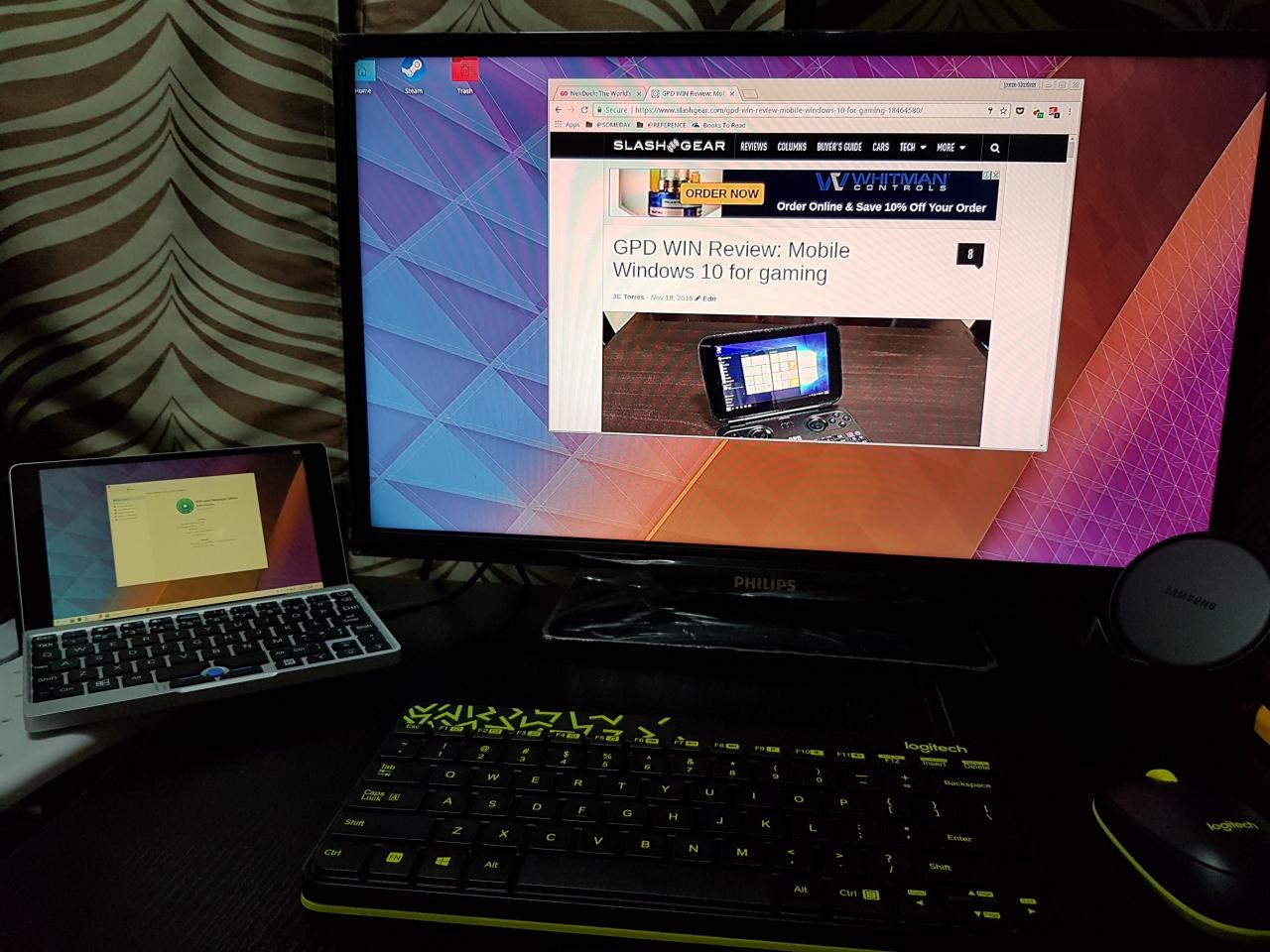
It can be your main computer, too, if you set your expectations right (and low). Plug in some peripherals when at home but continue enjoying the exact same environment on the go. And despite the cramped keyboard, it can be used for churning words like crazy as well. I did use it for a month as my only (work) computer, wrote a 50,000-word novel on it last year, and, of course, hammered out this piece on the tiny wonder. You’ll be forced to give your hands a break after a while, though. You could almost say that the GPD Pocket has a built-in RSI break feature.
Community to the rescue
The software story of the GPD Pocket isn’t exactly peachy. GPD did fulfill its promise to provide the Ubuntu image it used for the Pocket and put out a few updates. Unfortunately, despite the open source nature of Ubuntu, the Pocket’s version was infected by everyone’s favorite open source headache: hardware drivers.
It’s 2018 but some still consider it a miracle when they install Linux on a new machine and everything “just works” at first boot or even during the installation process. Knock a few digits off your chances if your device has some uncommon features and hardware, like an active digitizer, sensors, or even screen. So while GPD did provide an image for the tweaked version of Ubuntu they install on the Pocket, getting other Linux distros to work on it is no walk in the park.
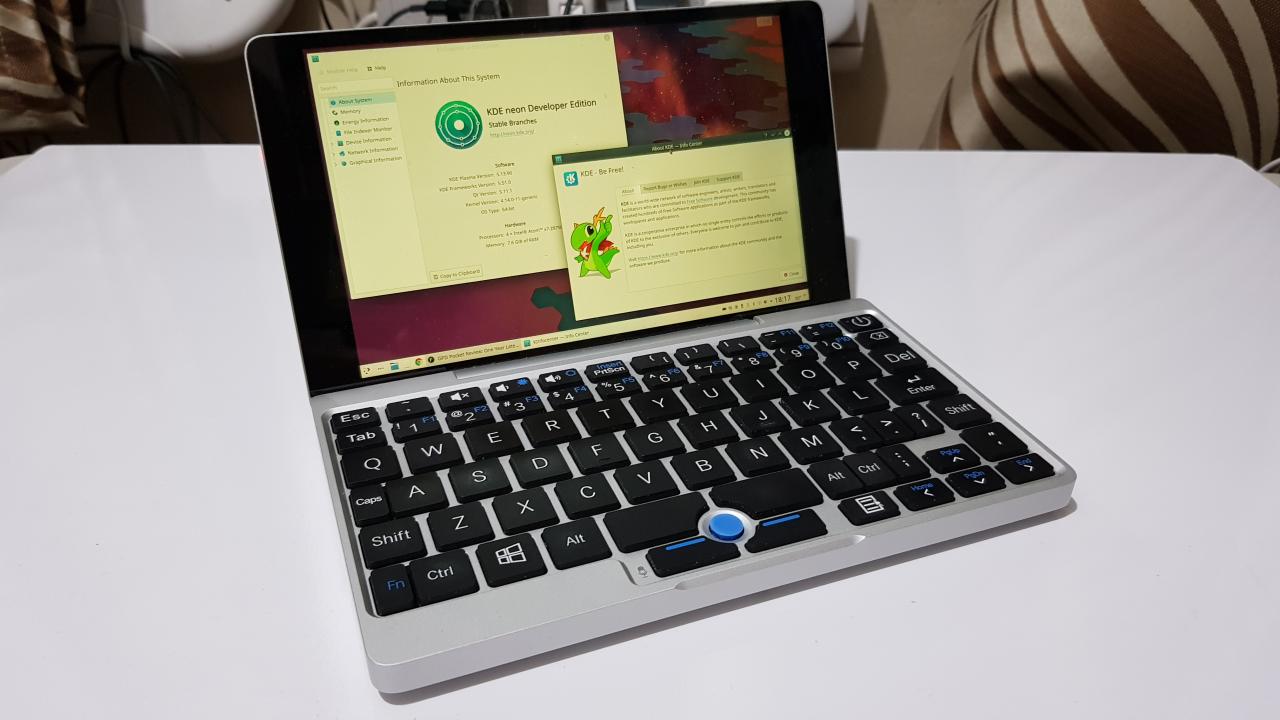
That’s when one of the biggest strengths of open source revealed its self once again: it’s community. It didn’t take long for enthusiasts to dig in and find a way to get everything working for other users’ favorite distros. They provided patches, tools, and images that even GPD would later acknowledge and link to, almost as if washing its hands clean of any future effort.
A year later, I’m still using the GPD Pocket (as a secondary machine admittedly) running the Ubuntu-based KDE Neon distribution (I’ve tried Fedora too), for writing, some light coding, a bit of painting with Krita, and even some gaming too. And it follows me wherever I go and tops off on a power bank while I internally smile as others scramble to race for a power outlet.
Uncertain future
The GPD Pocket is a prime example of a niche Linux product that had to chance to enjoy a relatively small amount of commercial success. But like any such niche product, it may have been a one-hit wonder.
The GPD Pocket’s success did inspire products like the One Mix Yoga and GPD’s own Pocket 2 successor, but those have ignored a Linux option. Fortunately, the GPD Pocket is still perfect for what it was designed for, even if it was already outdated by hardware standards when it came out – It did, however, reveal that there is a market, albeit small, that’s willing and able to pay for some eccentric use cases and devices and that open source Linux users are always going to be a part of that market.
